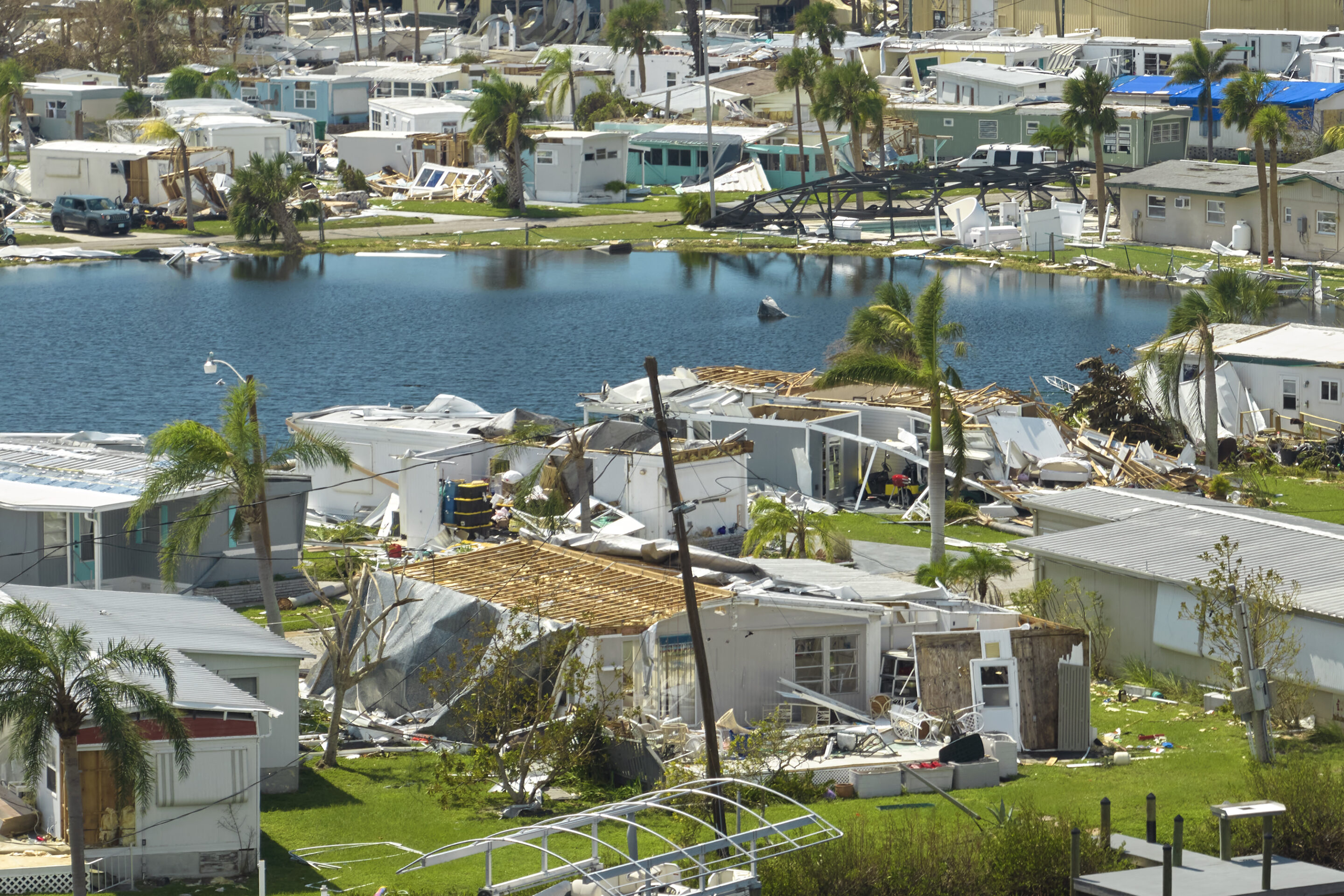Hurricane Claims in Sarasota:
Decoding Coverage for Wind and Water Damage
<
Sarasota’s Gulf Coast location makes hurricanes a persistent threat, impacting homes and businesses from Siesta Key to downtown. When storms strike, insurance claims become a lifeline for recovery, yet disputes over wind and water damage often complicate payouts. Understanding your policy—especially wind-driven rain coverage—documenting losses effectively, and communicating damages strategically can improve your odds of a fair settlement. This guide equips Sarasota residents with the knowledge and resources to navigate these claims, focusing on practical steps and local realities.
Wind-Driven Rain: A Key Coverage Challenge
Wind-driven rain is a frequent point of contention in Sarasota hurricane claims. Standard homeowner and business policies typically cover damage from rain entering through openings caused by wind—think a shattered window in a Gulf Gate home or a torn roof on a Tamiami Trail shop. However, insurers may argue the damage stems from flooding, which requires a separate policy, leaving residents near Longboat Key or the Myakka River underpaid. Florida Statute 627.402 defines a “covered peril” like wind-driven rain as insurable under standard policies, distinct from flood exclusions (Source: Florida Statutes Section 627.402, accessed February 25, 2025).
To confirm coverage, review your policy for phrases like “windstorm” or “rain entering through wind-created openings.” The Florida Office of Insurance Regulation (FLOIR) helpline at 1-877-693-5236 offers free assistance in interpreting these terms (Source: FLOIR Consumer Services, accessed February 25, 2025). Sarasota’s humid, storm-prone climate amplifies this issue—wind-driven rain often precedes flooding, blurring the lines insurers exploit.

Talking About Damages: Optimizing Your Settlement
How you present damages to your insurer can significantly affect your settlement. Start by documenting thoroughly—take timestamped photos and videos of wind-driven rain damage, like soaked drywall in a Palmer Ranch condo or a flooded lanai near Fruitville Road. Focus on the sequence: show the broken window or roof hole first, then the water inside. This ties damage to wind, not flood, strengthening your claim. The National Weather Service Tampa Bay Area provides storm data—wind speeds and rainfall totals—to back your timeline (Source: NWS Tampa Bay, accessed February 25, 2025).
When filing, be precise but neutral: “On September 10, 2025, wind from Hurricane X broke my roof at 123 Main St., allowing rain to enter and damage the interior.” Avoid guessing causation—let evidence speak. If an adjuster arrives, point out wind-related entry points without debating; if they push back, note their comments and escalate later. The Florida Department of Financial Services (DFS) Complaint Portal can mediate disputes—DFS handled over 5,000 cases in 2023 (Source: DFS Annual Report 2023, accessed February 25, 2025).
Hurricane FAQs
What’s covered under wind-driven rain?
How long do I have to file?
What if my claim is denied?
Hurricane Florida Insurance Facts and Myths
Fact: Wind-driven rain is a standard coverage in most policies, but deductibles can be high—often 2-5% of your home’s value (Source: FLOIR Hurricane Coverage Guide, accessed February 25, 2025).
Myth: “All hurricane damage is covered under one policy.” Flood damage requires separate NFIP coverage, a gap that surprises many near St. Armands Circle (Source: FEMA Flood Insurance, accessed February 25, 2025).
Fact: Insurers must respond within 14 days of a claim, per Florida law (Source: Florida Statute 627.70131, accessed February 25, 2025).
Flood Coverage: Typically Excluded and Problematic
Flood damage—storm surge or overflowing canals—affects Sarasota’s low-lying areas like Venice or Lakewood Ranch, but it’s excluded from standard policies. The National Flood Insurance Program (NFIP) is required, yet claims often face delays or disputes over flood height. In 2022, Sarasota County saw over 1,200 flood claims post-Hurricane Ian, with many underpaid due to mismeasurement (Source: Sarasota Herald-Tribune, “Flood Claims Lag After Ian,” November 2022). Check your flood risk at FEMA Flood Maps (Source: FEMA, accessed February 25, 2025).
Range and Types of Hurricane Deductibles
Hurricane deductibles in Sarasota range from 1% to 10% of your property’s insured value, applied when a named storm triggers a declaration by the National Hurricane Center. For a $300,000 home, a 5% deductible means $15,000 out-of-pocket before coverage kicks in. Types include percentage-based (most common) and fixed-dollar (rare), with “all peril” deductibles covering non-hurricane wind at lower rates. Policies vary—review yours via FLOIR’s helpline (Source: FLOIR Deductible Guide, accessed February 25, 2025).
Moving Forward
Hurricanes test Sarasota’s resilience, from downtown bungalows to barrier island condos. Mastering wind-driven rain claims, presenting damages effectively, and understanding deductibles and flood exclusions can secure the payout you deserve. Use resources like FLOIR, DFS, and FEMA to fight denials. If these fail, consider consulting a Sarasota insurance lawyer for support.
